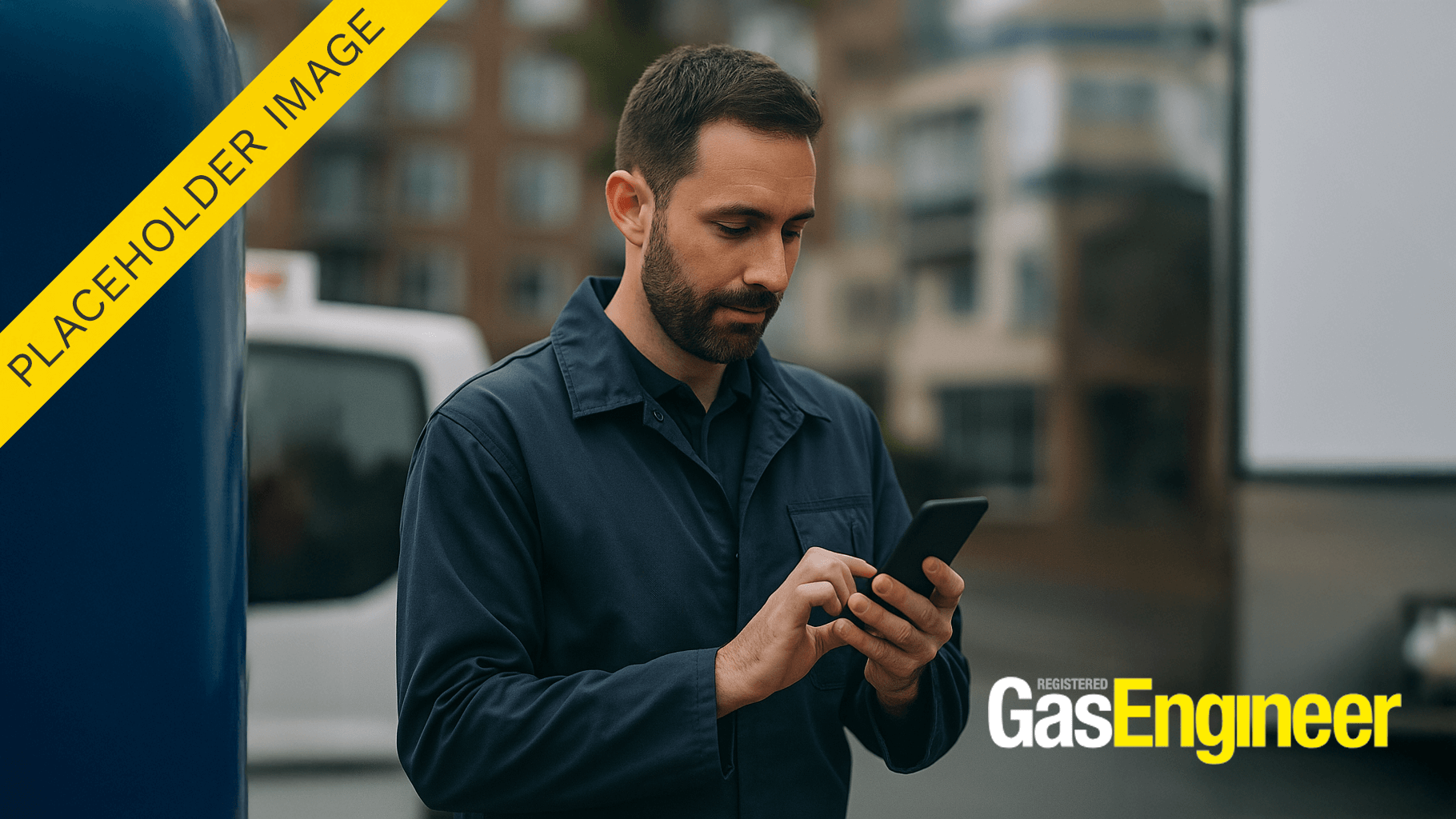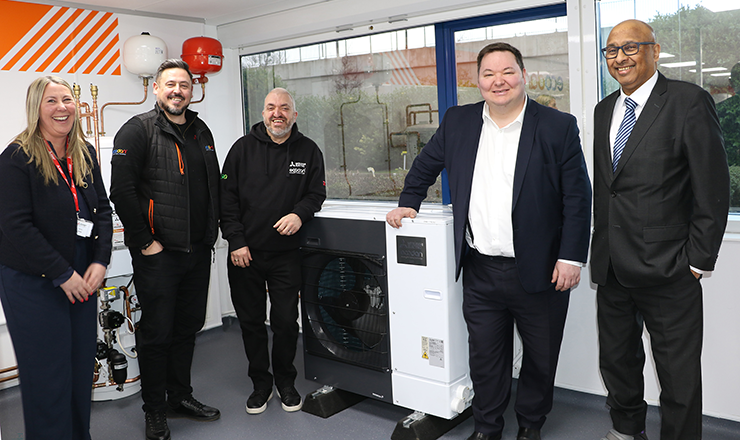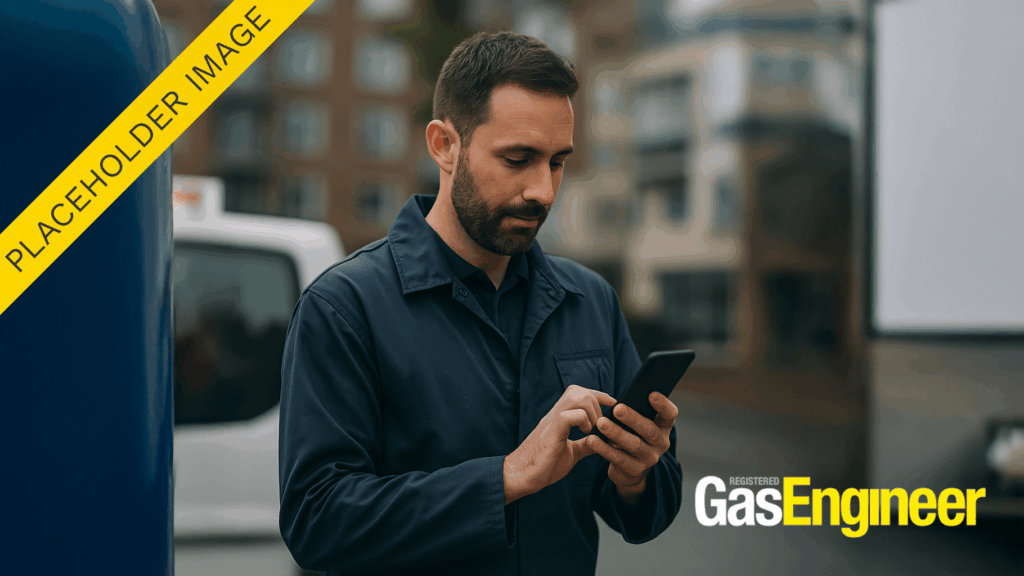
Can we help you? Part 2
In November 2021’s issue of Registered Gas Engineer, we looked at some more of the questions that you ask Gas Safe Register’s Technical Support Team most often. Don’t forget, whether it’s kitchens or meters, classifications or notifications, if you need help, just ask the experts.
Pipework
Q: A threaded 3-inch pipe is leaking. Can I remake the thread or do I need to change it to welded?
A: New steel pipework larger than 2 inches (50mm) must be welded. However, existing threaded pipework larger than 2 inches can be left in situ, as long as it is fit for purpose.
If repairs are required, it does not necessarily need to be changed to welded pipe. For instance, you may take apart and remake any threaded joint. You may also connect on to an existing threaded joint. Only an entirely new joint needs to be welded.
Q: What are the distances I need from a gas pipe to electrics?
A: Gas pipework should be at least 25mm from electric switches, sockets, supply or distribution cables, as set out in BS 6891(1). Gas pipes should also be at least 150mm from electrical supply equipment such as electric metering equipment, service cut-outs, main isolation switches or consumer units.
If these distances cannot be met, then gas pipework and electrics must be separated by a non-conductive barrier.
Notification
Q: I’ve moved the boiler in a house: do I have to notify this?
A: Yes. Building Regulations require that the installation of any heat-producing appliance commissioned in England and Wales must be notified to the local authority via the self certification scheme maintained by Gas Safe Register. This includes moving existing appliances in the property.
Q: Why isn’t my unvented hot water cylinder qualification on my Gas Safe ID card?
A: This is because the unvented G3 qualification is not a gas qualification, and not an ACS category that is added automatically added to your ID card categories.
If you hold G3, you should scan a copy of the certificate and send it to enquiries@gassaferegister.co.uk. It will be added to your registration details and will show on your card when it’s next issued.
You cannot notify the installation of an unvented cylinder through Gas Safe Register unless you have told the Register that you hold this qualification.
Q: Can I notify a direct unvented cylinder, such as an electric unvented cylinder?
A: No you cannot. Only indirect cylinders that are heated via a gas appliance can be notified through Gas Safe Register’s self-certification scheme. To notify any other
type of cylinder, you must contact the manufacturer or another relevant competent person’s scheme.
Meters
Q: The meter of the flat I’m testing is below in a shop. Is this OK?
A: The Emergency Control Valve (ECV) must have unimpeded access, 24 hours a day. Where the gas meter is in the property below, and the responsible person of the property above cannot access the ECV at certain times of the day, this would be deemed At Risk, in accordance with GIUSP.
The gas transporter should be contacted, with a view to moving the ECV to a more suitable position.
Q: There’s a meter with two flexible connectors on it. Is this allowed?
A: No, there cannot be two flexible connectors on a meter installation. This is primarily to prevent the theft of gas.
However, an anaconda on the outlet of the meter is acceptable because it’s the end of the meter installation.
You can find further guidance in Technical Bulletin 084(2).
Flues
Q: There’s a flue terminating within 300mm of a window. Is the boiler classified as At Risk?
A: If the boiler is not fitted in accordance with BS 5540 Part 1(3) or in line with the manufacturer’s instructions, you should carry out a thorough risk assessment on the
installation. Where there is no realistic possibility that products of combustion can re-enter the property through the window, the appliance could be deemed as
Not to Current Standards.
However, if you judge that the appliance could pose a danger because of the proximity of the flue to an openable window, then the appliance should be deemed unsafe, and the
appropriate action taken as per the Gas Industry Unsafe Situations Procedure (GIUSP), IGEM/G/11.
Carbon monoxide
Q: A customer’s CO alarm has gone off. Do I need a specialist qualification to attend?
A: As long as there are no persons reported with CO poisoning and there have been no previous reports of CO alarm activation or the smell of fumes, you can attend and carry out a full inspection of all gas appliances within the property, including Regulation 26/9 checks, in accordance with the qualifications you hold.
If anyone is confirmed to have experienced CO poisoning or if there has been previous CO alarm activation or reports of fumes, then you must hold the CMDDA1 qualification in order to attend and carry out a thorough investigation at the premises.
In both circumstances, it important to ensure that there is not an ongoing investigation by HSE to ensure that evidence or appliances are not disturbed so as not to hinder that investigation.
Cookers and kitchens
Q: The hob in a flat has no flame supervision device (FSD). Is this At Risk (AR)?
A: Any flueless gas appliance installed in a flat or multioccupancy premises must have an FSD fitted to each burner: this has been a requirement since 2008. Any hob or cooker in a flat or multi-occupancy premises that does not have FSD protection fitted to all burners is classified as Not to Current Standards and the responsible person should be advised. Further guidance is given in Technical Bulletin 015(4).
Q: Is a cooker with no safety shut-off valve (SSOV) on the glass lid Immediately Dangerous?
A: It’s not necessarily Immediately Dangerous (ID). If the cooker is designed by the manufacturer without a safety shut-off valve, then the cooker is satisfactory provided that there are no other issues with the appliance. There is normally a label on the appliance advising the user not to close the cooker lid while operating the hotplate
burners.
Where an SSOV is present but inoperable, then this is Immediately Dangerous, in accordance with the Unsafe Situations Procedure, IGEM/G/11.
Q: There’s no interlock fitted in a commercial kitchen. How do I classify this?
A: Any new installation in a commercial kitchen requires the gas supply to be suitably interlocked. But when an existing installation does not meet the current standards and regulations, provided that you hold the relevant competencies, you should carry out a risk assessment.
The risk assessment will need to consider whether the current set-up can continue to be used safely. Multiple factors need to be taken into account, including staff training, whether suitable notices are affixed in prominent positions, the usage and type of appliances fitted (whether they are type A or type B), etc.
After the risk assessment, if you decide that the way the kitchen is used does not constitute an unsafe situation, then the system can be left on and deemed Not to Current
Standards. However, if you deem the kitchen to be unsafe then appropriate action must be carried out in accordance with the Gas Industry Unsafe Situations Procedure (GIUSP), IGEM/G/11.
Further reading
(1) BS 6891: Specification for the installation and maintenance of low pressure gas installation pipework of up to 35mm (R1 1/4) on premises
(2) Technical Bulletin 084: The prohibition of two pliable connectors on a domestic gas meter installation
(3) BS 5540-1: Flueing and ventilation for gas appliances of rated input not exceeding 70kW net (1st, 2nd and 3rd family gases) – Specification for installation of gas appliances to chimneys and for maintenance of chimneys
(4) Technical Bulletin 015: The requirement to install gas appliances (including cooking appliances) with flame supervision devices in flats and other multioccupancy buildings.

